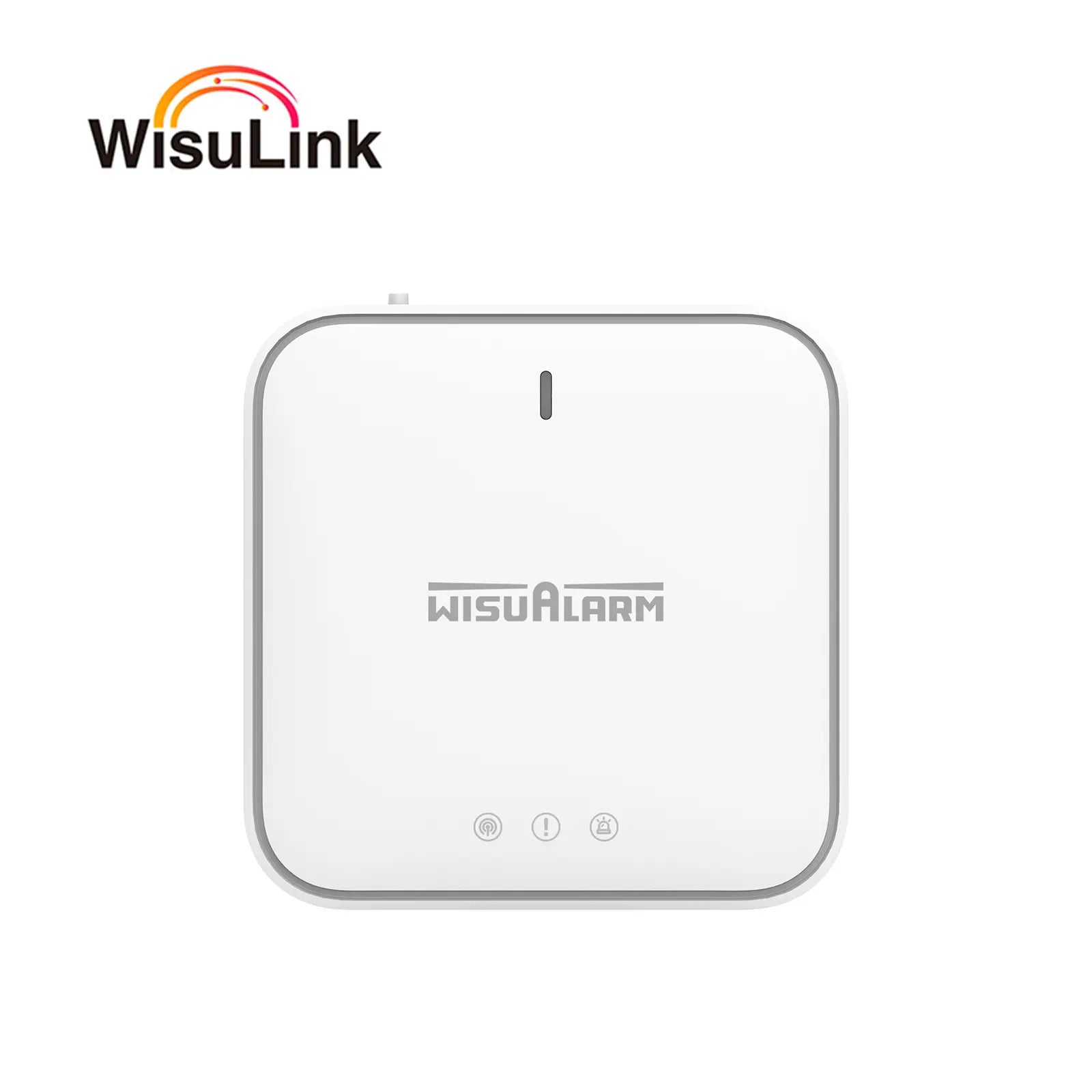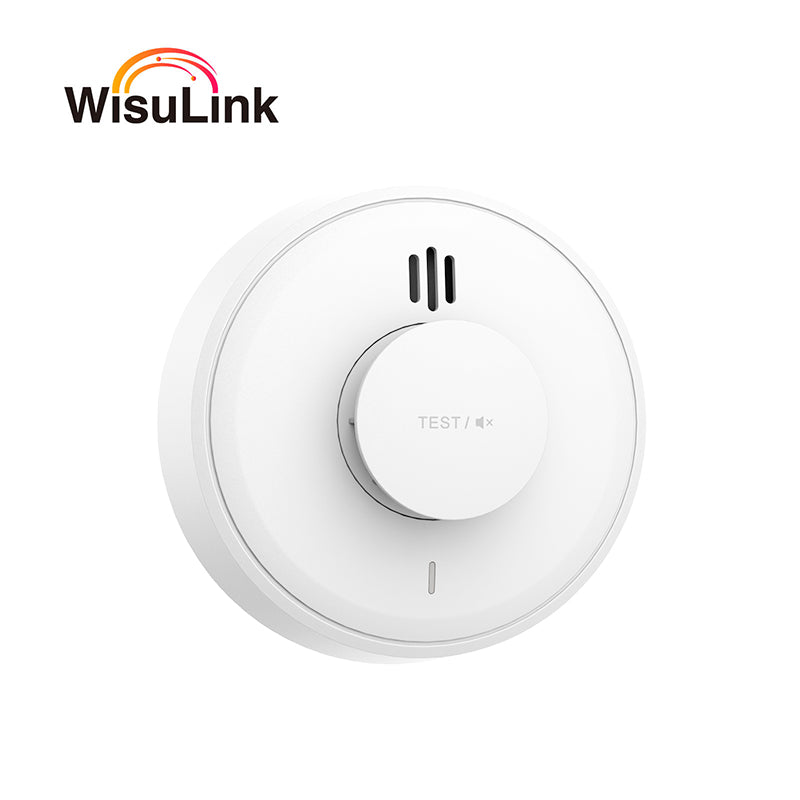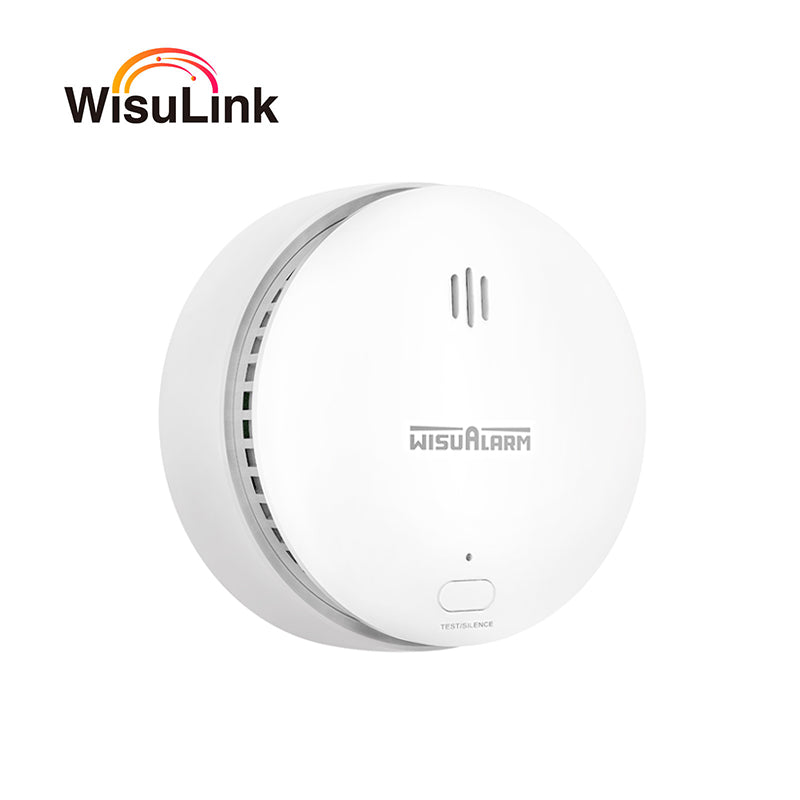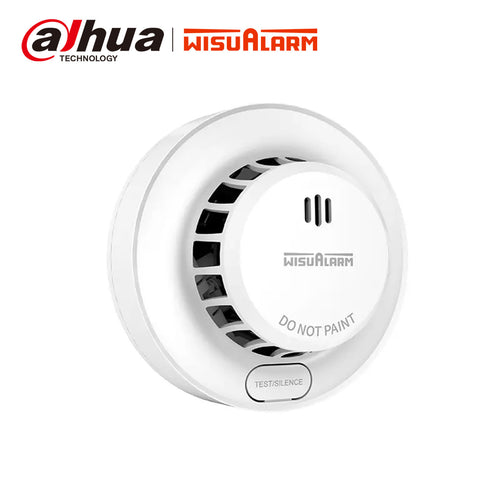Understanding the Basics of Smoke Detectors
Smoke detectors are an essential part of safety systems in both homes and public places. They play a crucial role in safeguarding lives and property by providing early warning signs of a potential fire. The basic function of a smoke detector is to sense the presence of smoke particles or significant changes in heat and then trigger an audible or visual alarm. This simple yet effective mechanism can make all the difference in the event of a fire, giving occupants valuable time to evacuate safely.
There are two main types of smoke detectors that are widely used: ionization smoke detectors and photoelectric smoke detectors. Each type operates based on a different principle, which affects their performance and suitability for different environments.
Ionization smoke detectors contain a small amount of radioactive material. This material ionizes the air inside the detector, creating a flow of electrically charged particles (ions). When smoke enters the detector, it disrupts this flow of ions, which in turn triggers the alarm. Ionization detectors are very sensitive to fast - flaming fires, which produce small, invisible smoke particles. These types of fires can spread rapidly, and ionization detectors are well - equipped to detect them early on. For example, a grease fire in a kitchen, which often starts with a sudden burst of flames, can be quickly detected by an ionization smoke detector.
Photoelectric smoke detectors, on the other hand, work on the principle of light scattering. They use a light - emitting diode (LED) and a light - sensitive sensor. In normal conditions, the light from the LED travels straight through the detector without hitting the sensor. However, when smoke particles enter the detector, they scatter the light from the LED, causing some of it to reach the sensor. This change in light detection signals the detector to sound the alarm. Photoelectric detectors are more sensitive to smoldering fires, which produce large, visible smoke particles. A smoldering fire in a pile of old newspapers or a faulty electrical appliance can be detected more effectively by a photoelectric smoke detector.
Types of Smoke Detectors
Ionization Smoke Detectors
Ionization smoke detectors are one of the most common types found in households. They contain a small amount of radioactive material, usually americium - 241. This radioactive substance ionizes the air within a small chamber in the detector. When the air is ionized, it allows a small electric current to flow between two electrodes in the chamber.
When smoke enters the ionization chamber, the smoke particles attach to the ions, reducing the flow of current. Once the current drops below a certain threshold, the detector interprets this as the presence of smoke and triggers the alarm.
One of the main advantages of ionization smoke detectors is their fast response time to fast - flaming fires. These types of fires, which are often fueled by flammable liquids or gases, produce small, invisible smoke particles. Ionization detectors can quickly detect these particles and sound the alarm, giving occupants more time to evacuate in case of a rapidly spreading fire. For instance, in a laboratory where there are flammable chemicals, an ionization smoke detector can be a great asset as it can quickly alert people in case of an accidental fire due to chemical spills.
However, ionization smoke detectors have some drawbacks. They are less sensitive to smoldering fires, which are slow - burning fires that produce large, visible smoke particles. These types of fires often start with materials like fabrics, paper, or wood slowly smoldering before bursting into flames. Another concern is the presence of radioactive material. Although the amount of americium - 241 in ionization smoke detectors is extremely small and considered safe for normal use, proper disposal is required to avoid any potential environmental or health risks.
Photoelectric Smoke Detectors
Photoelectric smoke detectors operate on a different principle. They use a light - emitting diode (LED) and a light - sensitive sensor, usually a photodiode, inside a sensing chamber. In normal conditions, the light from the LED travels straight across the chamber without hitting the sensor.
When smoke enters the chamber, the smoke particles scatter the light from the LED. Some of this scattered light then reaches the sensor, and when the sensor detects a sufficient amount of scattered light, it sends a signal to trigger the alarm.
Photoelectric smoke detectors are highly effective at detecting smoldering fires. Since smoldering fires produce large, visible smoke particles, these particles are more likely to scatter the light in the photoelectric detector, leading to an early alarm. In a residential setting, a photoelectric smoke detector placed in a living room with a lot of upholstered furniture can detect a smoldering fire in the couch cushions early on.
They also have a relatively low false - alarm rate. They are less likely to be triggered by normal household activities that might produce small amounts of particulate matter, such as cooking steam or dust. However, their response to fast - flaming fires is slightly slower compared to ionization smoke detectors. In a fast - moving fire, every second counts, and this slight delay could potentially be a factor in some situations.
Duct Smoke Detectors
Duct smoke detectors are specifically designed for use in ventilation systems. These detectors are installed within the ducts of heating, ventilation, and air - conditioning (HVAC) systems. Their main function is to detect the presence of smoke within the ductwork.
When smoke is detected in the ducts, it can indicate a fire either within the duct system itself (perhaps due to an overheating motor or a buildup of combustible materials) or in an area that is connected to the ventilation system. By detecting smoke in the ducts early, the HVAC system can be shut down, preventing the spread of smoke and potentially fire throughout the building via the air circulation system.
For example, in a large commercial building like a shopping mall, a duct smoke detector can protect the entire complex by alerting building management as soon as smoke is detected in the ventilation system. This allows for immediate action, such as evacuating the building and calling the fire department.
However, duct smoke detectors have some limitations. They are limited to detecting smoke within the ducts, so they may not be able to detect a fire that is not directly affecting the ventilation system. Additionally, their installation requires specialized knowledge and skills, as they need to be properly placed within the ductwork to ensure accurate detection. Maintenance also needs to be carried out by professionals to ensure they are functioning correctly.
Heat Detectors
Heat detectors, as the name implies, detect changes in temperature rather than the presence of smoke directly. There are two main types of heat detectors: fixed - temperature and rate - of - rise.
Fixed - temperature heat detectors are set to activate when the surrounding temperature reaches a pre - determined threshold, typically around 135 - 194°F (57 - 90°C). Rate - of - rise heat detectors, on the other hand, detect rapid increases in temperature. If the temperature in the area increases at a rate faster than what is considered normal, the detector will trigger the alarm.
Heat detectors are useful in environments where smoke may not be easily detected or where smoke detectors may give false alarms. For example, in industrial settings with high levels of dust or in kitchens where normal cooking activities can produce a lot of smoke, heat detectors can be a reliable alternative. In a bakery, where ovens are constantly in use and there is a lot of steam and flour dust in the air, a heat detector can be used to detect a potential fire without being triggered by normal bakery operations.
Nevertheless, heat detectors have a significant drawback. They are much slower to respond compared to smoke detectors. By the time the temperature has risen enough to trigger a heat detector, the fire may have already progressed to a more advanced stage, reducing the available time for evacuation and fire - fighting efforts. They are also not suitable for detecting the early stages of a fire when only smoke is present and the temperature has not yet increased significantly.
Factors to Consider When Choosing a Smoke Detector
Sensitivity
The sensitivity of a smoke detector is a crucial factor. Different types of smoke detectors have varying levels of sensitivity, and this can impact their effectiveness. Ionization smoke detectors, as mentioned earlier, are highly sensitive to fast - flaming fires. They can quickly detect the small, invisible smoke particles produced by these types of fires. However, this high sensitivity can also lead to a higher false - alarm rate in certain situations. For example, in a kitchen where normal cooking activities can produce small amounts of particulate matter similar to the smoke particles from a fast - flaming fire, an ionization detector might be triggered accidentally.
Photoelectric smoke detectors, on the other hand, are more sensitive to smoldering fires. Their design makes them less likely to be set off by normal household activities that don't involve large, visible smoke particles. But they may not respond as quickly to fast - flaming fires. When choosing a smoke detector based on sensitivity, it's important to consider the environment in which it will be installed. In a kitchen, a smoke detector with a lower sensitivity to the small particles produced during cooking might be more appropriate. This could be a photoelectric detector with some features to reduce false alarms from cooking fumes. In a bedroom or a storage area where smoldering fires are more likely to start, a more sensitive photoelectric or a combination detector (which combines both ionization and photoelectric technologies) could be a better choice.
Power Source
Another important consideration is the power source of the smoke detector. There are two main options: battery - powered and hard - wired.
Battery - powered smoke detectors are popular due to their ease of installation. They can be quickly mounted on a wall or ceiling without the need for complex electrical work. This makes them a great choice for renters or for areas where running electrical wires is difficult. They also have the advantage of being able to operate during a power outage, as long as the batteries are fresh. However, one of the main drawbacks is the need to regularly replace the batteries. If the batteries are not changed in a timely manner, the detector may not function properly when needed. Some battery - powered detectors have a low - battery warning feature that emits a chirping sound, but this can also be annoying if the battery is not replaced promptly.
Hard - wired smoke detectors are connected directly to the building's electrical system. Once installed, they don't require battery replacements, which provides a more consistent power supply. They also often have the ability to be interconnected, meaning that if one detector in the house detects smoke, all the interconnected detectors will sound the alarm. This is a great advantage in larger homes or buildings. However, in the event of a power outage, they may not work unless they are equipped with a backup battery. Additionally, their installation is more complex and may require the services of an electrician, which can add to the overall cost.
Compatibility
If you already have a home security system or a building management system in place, compatibility of the smoke detector is essential. Many modern security systems are designed to integrate with various types of sensors, including smoke detectors. By choosing a smoke detector that is compatible with your existing system, you can achieve a higher level of security and convenience.
For example, a compatible smoke detector can send a signal directly to your security monitoring service. This means that not only will the local alarm sound, but the monitoring service will also be alerted immediately, and they can then take appropriate action, such as notifying the fire department. In a commercial building with a building management system, a compatible smoke detector can be integrated into the overall system for better monitoring and control. This allows building managers to receive real - time alerts and information about the status of the smoke detectors throughout the building.
When considering compatibility, it's important to check the specifications of your existing system and the smoke detector you are interested in. Some smoke detectors are designed to work specifically with certain brands or models of security systems, so make sure to do your research and ensure that they will work together seamlessly.
Cost
Cost is always a factor when making a purchase, and smoke detectors are no exception. The price of smoke detectors can vary widely depending on the type, brand, and features.
Basic ionization or photoelectric smoke detectors can be relatively inexpensive, often costing as little as $$10 -$$30 each. These are suitable for many basic home or small - scale applications. However, if you are looking for more advanced features such as interconnectivity, smart - home integration (which allows you to control and monitor the smoke detector through your smartphone), or higher - quality construction, you can expect to pay more. Smart smoke detectors can range from $$50 -$$150 or more, depending on the brand and additional features.
It's important not to make a decision based solely on cost. While it may be tempting to choose the cheapest option available, remember that a smoke detector is a critical safety device. A lower - cost detector may not have the same level of performance, reliability, or longevity as a more expensive one. It's better to invest in a good - quality smoke detector that meets your needs and provides reliable protection. Consider the long - term costs as well, such as battery replacements for battery - powered detectors or potential repair costs. In the end, spending a little more on a high - quality smoke detector can be a small price to pay for the peace of mind and safety it provides.
When it comes to choosing the best smoke detector for your needs, the Wisualarm smoke detector stands out. Wisualarm offers a range of high - quality smoke detectors that combine advanced technology with reliability. Their detectors are designed to be highly sensitive, ensuring early detection of fires whether they are fast - flaming or smoldering. With features like long - lasting battery life for battery - powered models and seamless compatibility with various security systems, Wisualarm smoke detectors provide comprehensive protection. They also come at a reasonable price, offering great value for the quality and features they provide. Don't compromise on your safety; choose Wisualarm for reliable smoke detection.
Why Wisualarm Smoke Detectors Stand Out
Wisualarm is a prominent name in the global fire safety industry, backed by its parent company, the renowned security brand "Dahua Technology". This affiliation provides Wisualarm with a strong technological foundation and a vast pool of resources for research and development.
In terms of innovation, Wisualarm is constantly pushing the boundaries of fire safety technology. Their R&D teams are dedicated to creating products that offer enhanced performance, reliability, and user - friendliness. For example, their intelligent smoke detectors are designed with advanced sensors that can accurately distinguish between normal household particles and actual smoke from a fire, reducing false alarms significantly. This not only provides peace of mind to users but also ensures that the alarm is triggered only when it's truly necessary.
One of the key strengths of Wisualarm is its global presence. With over 80 countries covered and 50 subsidiaries and representative offices worldwide, they have established an extensive service network. This means that no matter where you are in the world, you can expect prompt after - sales service, technical support, and easy access to replacement parts. Whether it's a residential customer in a small town or a large - scale commercial enterprise in a major city, Wisualarm can meet their needs efficiently.
The company's intelligent manufacturing capabilities are also worth highlighting. By leveraging cutting. Wisualarm ensures that all its products are produced with digital, visualized, and traceable product control. This results in high - quality products that meet the most rigorous international standards. Each smoke detector undergoes strict quality checks during the manufacturing process, guaranteeing its performance and durability.
Wisualarm offers a diverse range of smoke detectors to suit different applications. From battery - powered models for residential use, which are easy to install and maintain, to smoke sensing network cameras. They also have a variety of additional features such as interconnectivity options, allowing multiple detectors to communicate with each other. This means that if one detector senses smoke, all the interconnected detectors will sound the alarm, providing a comprehensive warning system for larger buildings or multi - room homes.
Moreover, Wisualarm provides customized solutions for various vertical markets. They understand that different industries and applications have unique requirements and challenges. For instance, in a hospital setting, where patient safety and the need for quiet operation are crucial, Wisualarm can offer smoke detectors with features like silent alerts that can be sent directly to the nursing station while still ensuring the safety of the patients. In industrial environments with high levels of dust or electromagnetic interference, they can provide detectors that are specifically designed to withstand these harsh conditions without sacrificing detection accuracy.
























































